This is a glory time for wildflower watching. Noanet Woodlands is peppered with blossoms. Plus I just found a wildflower I’ve never seen before, in the years I’ve been paying attention: a woolly sort of violet. (very exciting!)
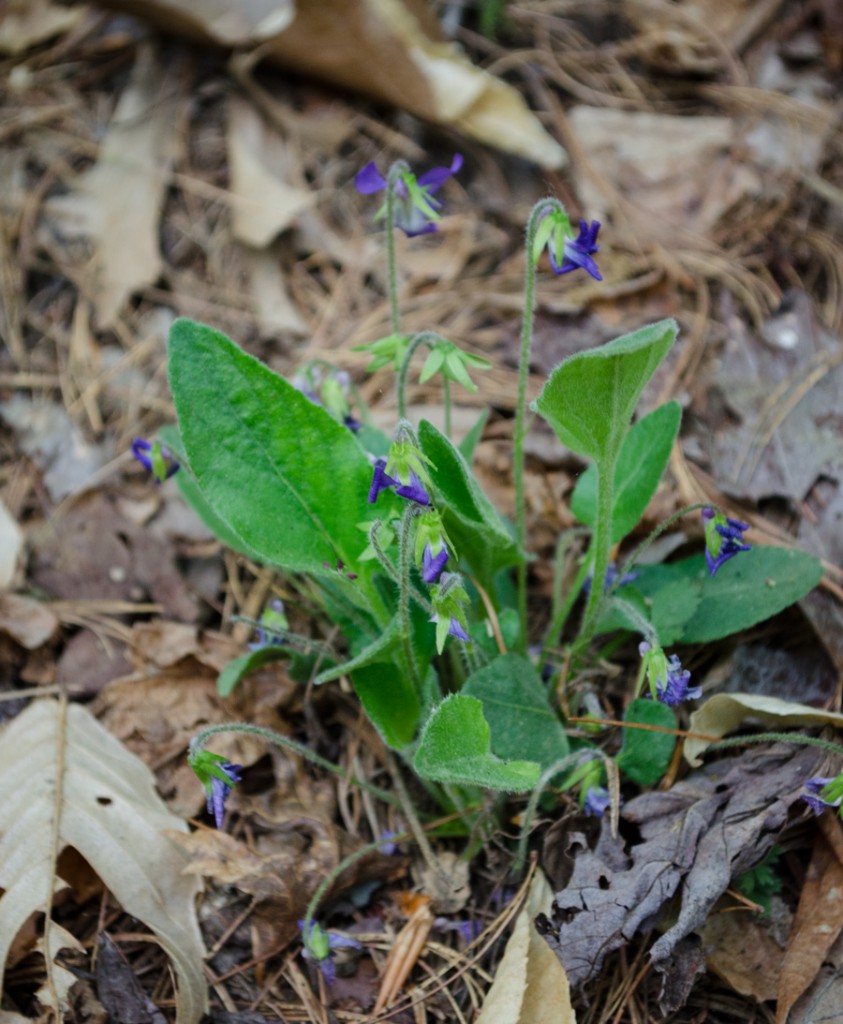 The leaves are a different shape and the whole plant has a downy surface. I’m surprised to see it’s rated “common”! Generally found in dry, open spaces (but I found this plant in the woods). Native.
The leaves are a different shape and the whole plant has a downy surface. I’m surprised to see it’s rated “common”! Generally found in dry, open spaces (but I found this plant in the woods). Native.
Ovate-leaved Violet (V. fimbriatula)
Bonus pictures: Lucy making short work of the horse jumps at Noanet Woodlands. I especially like the second one, where she appears poised for takeoff.

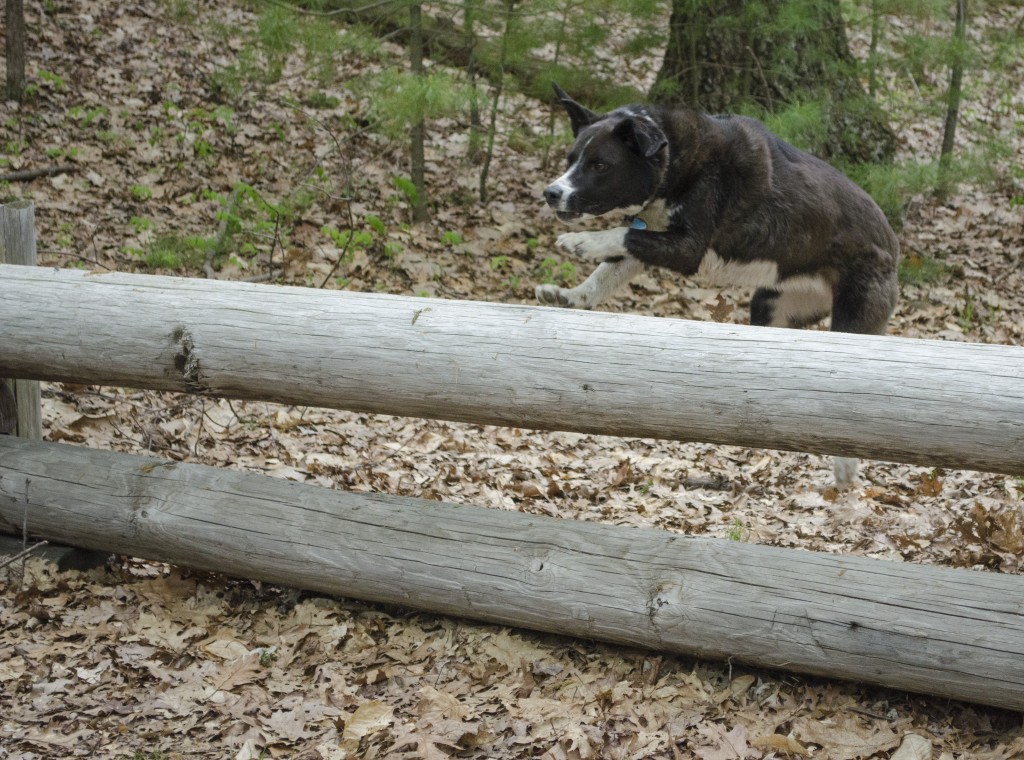
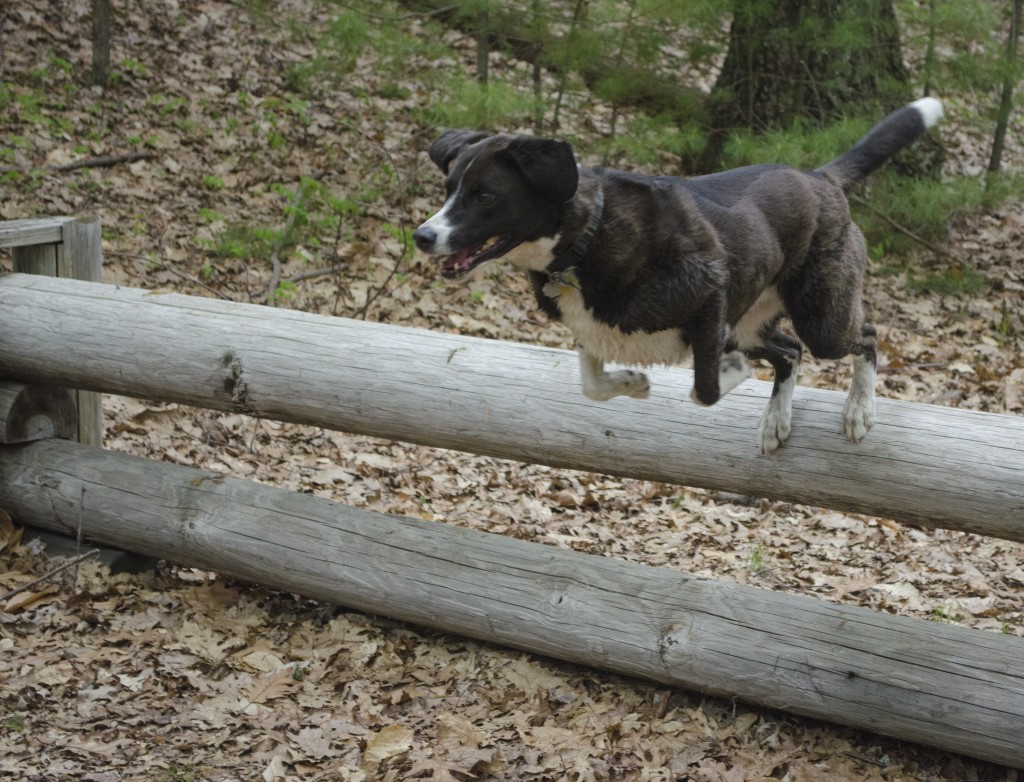
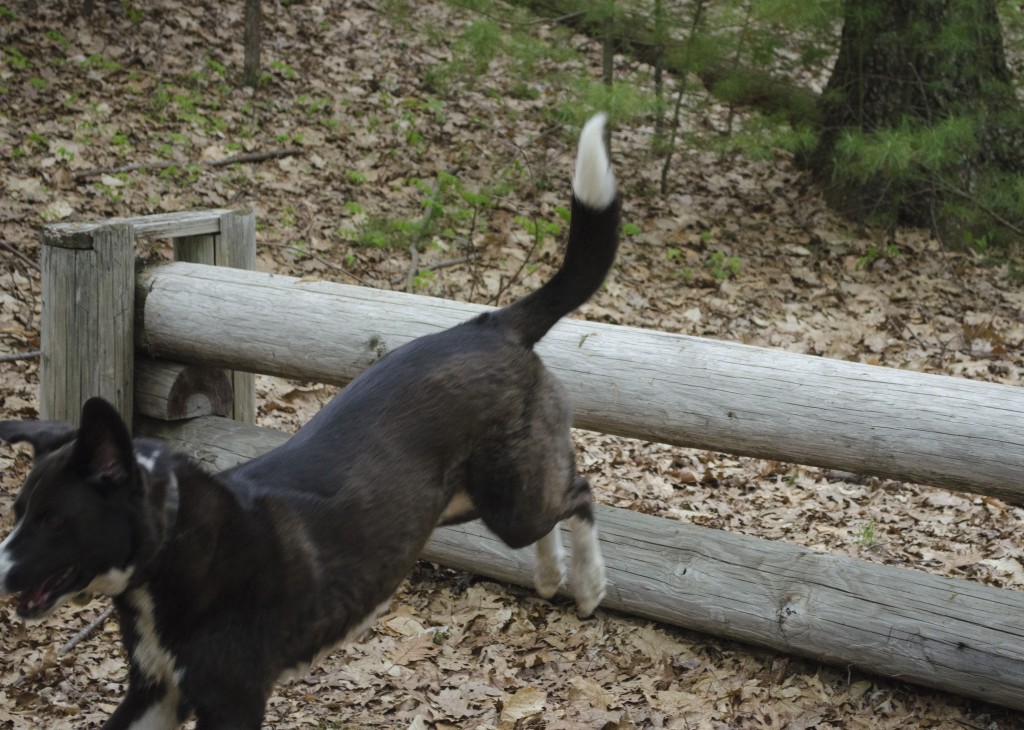
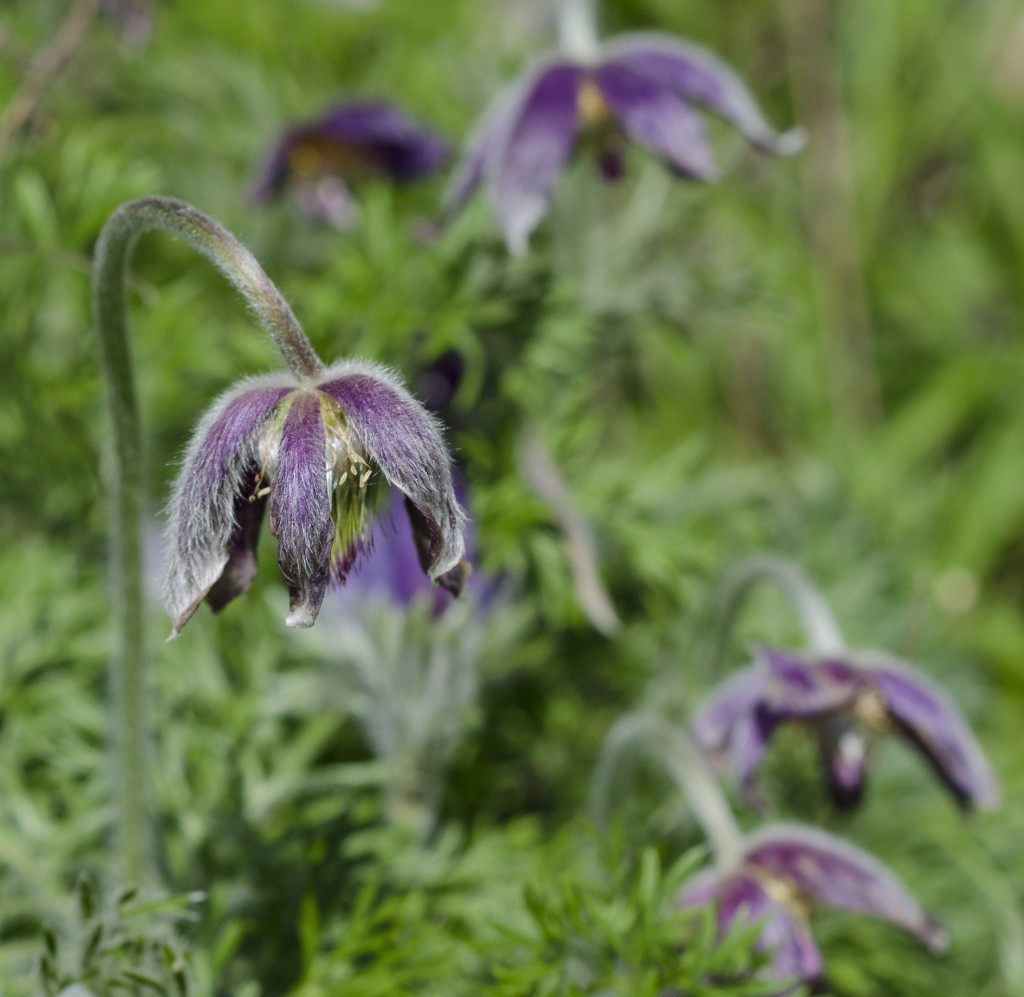
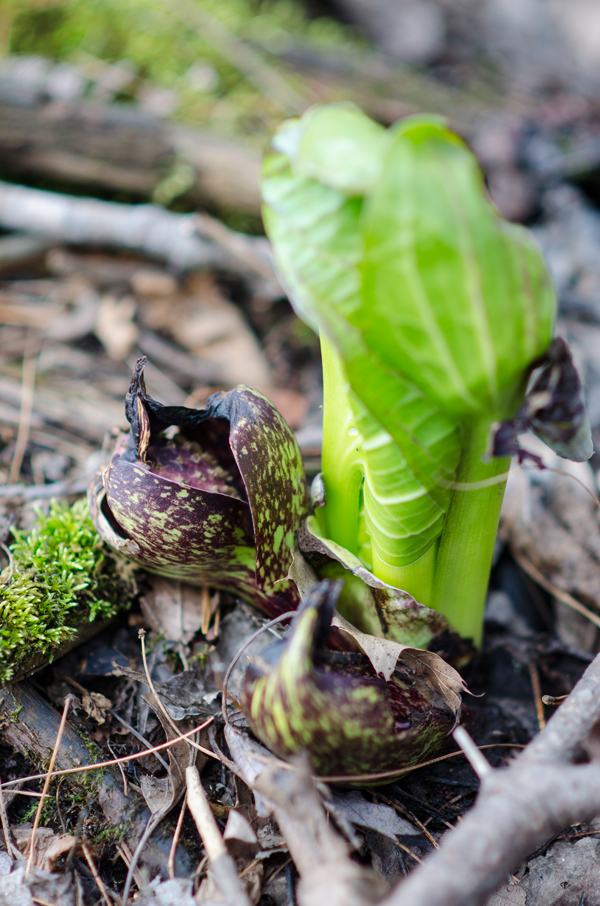
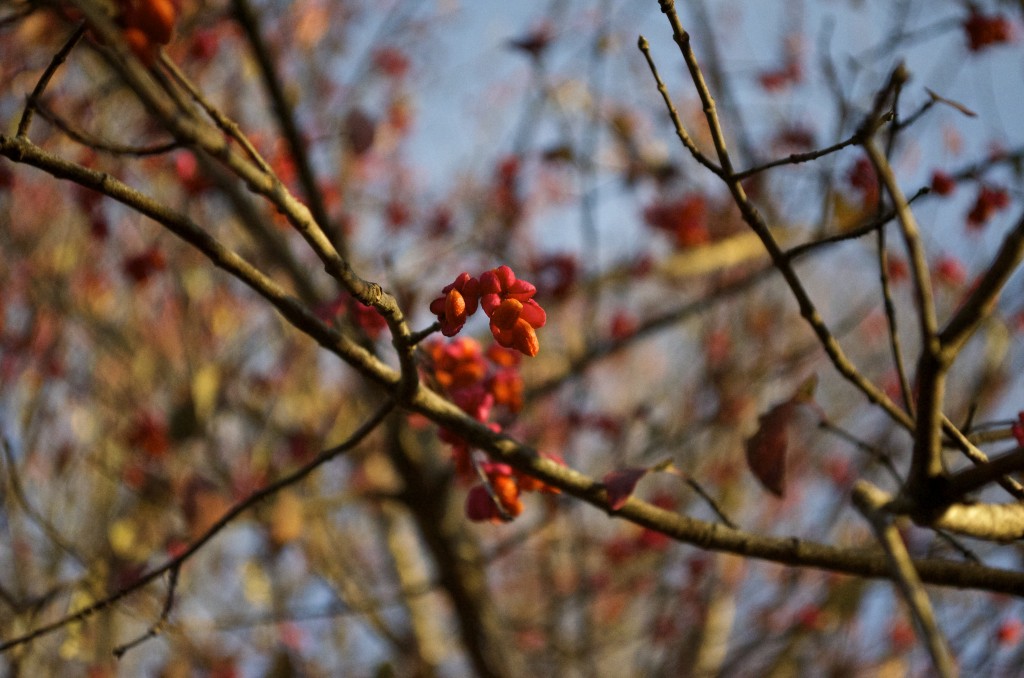
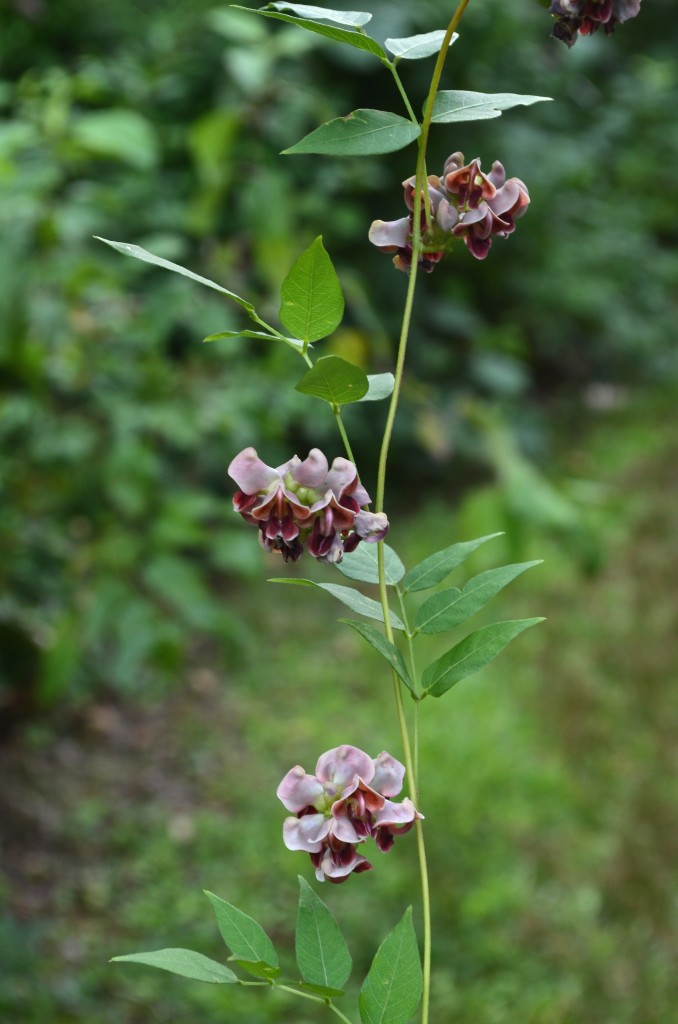
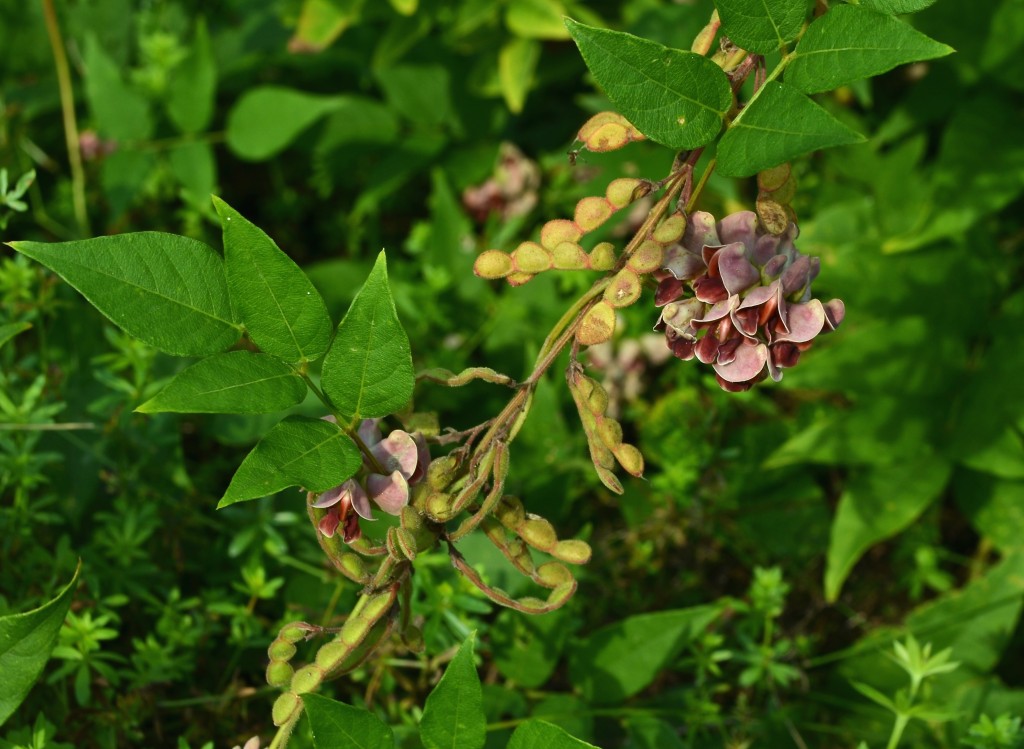
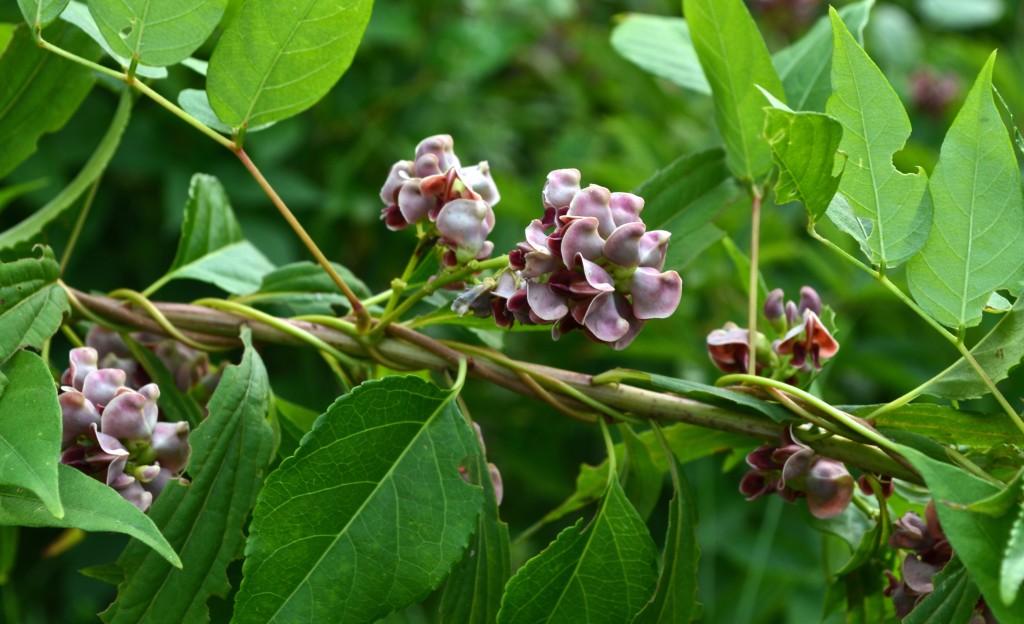
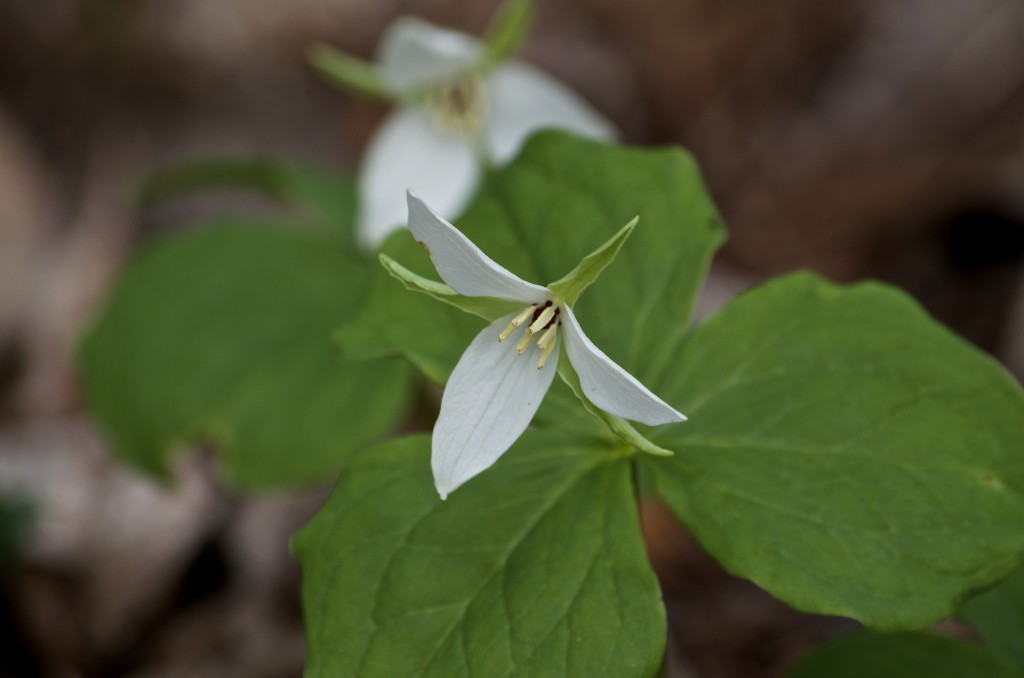
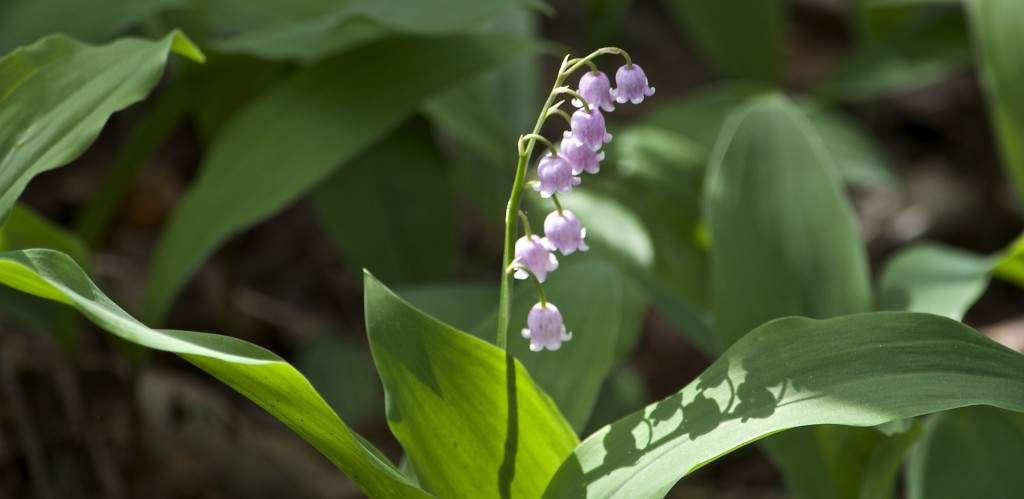
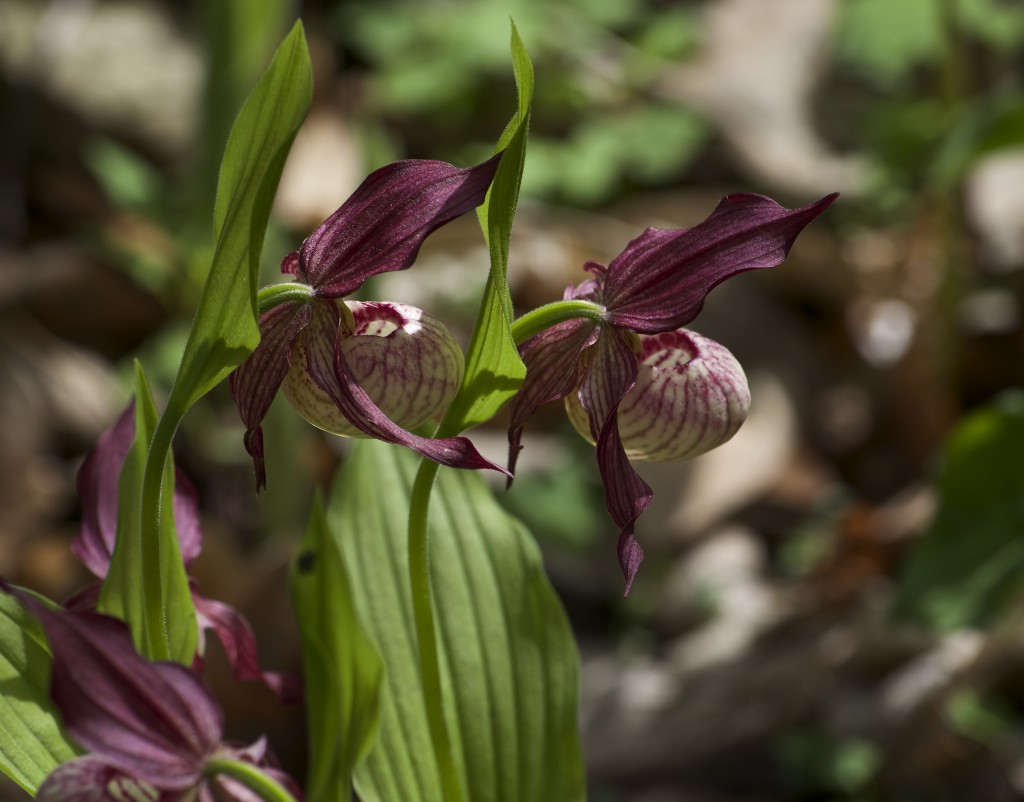
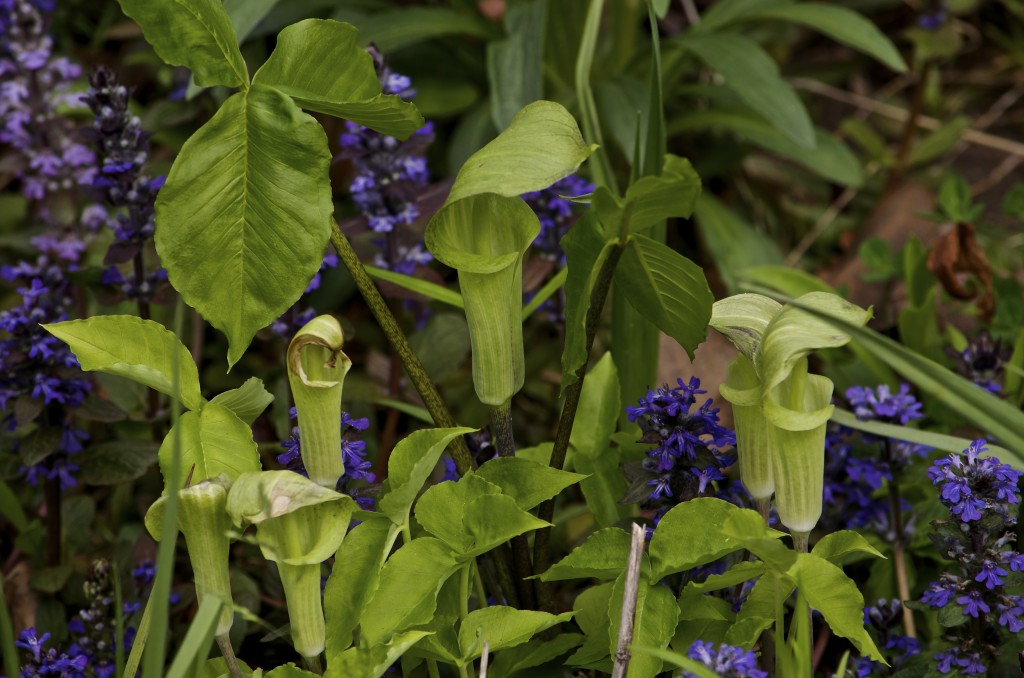
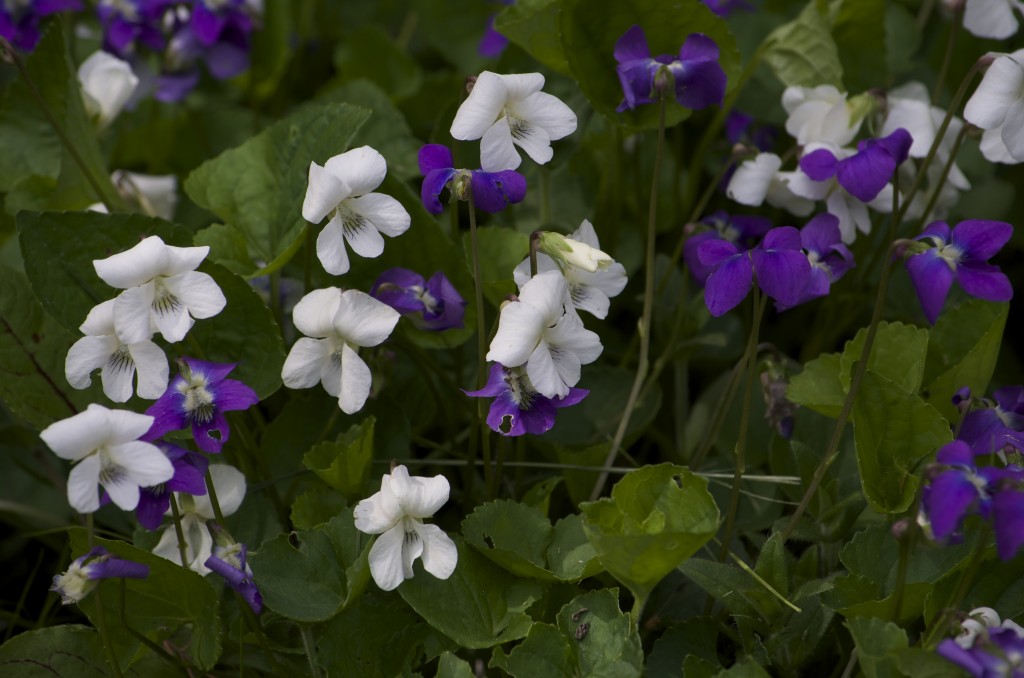
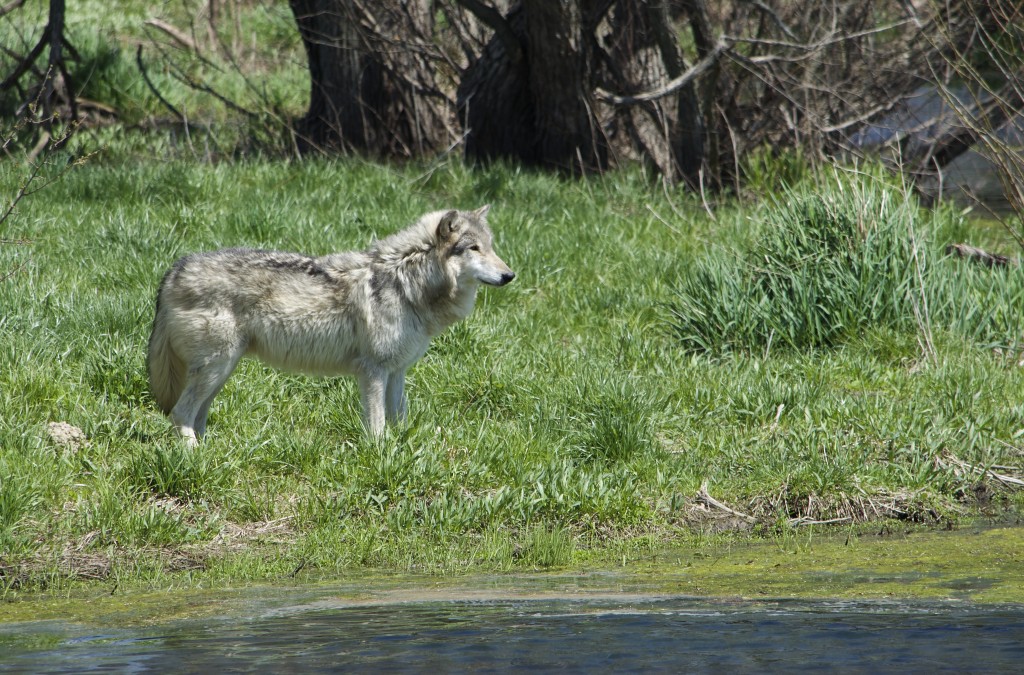
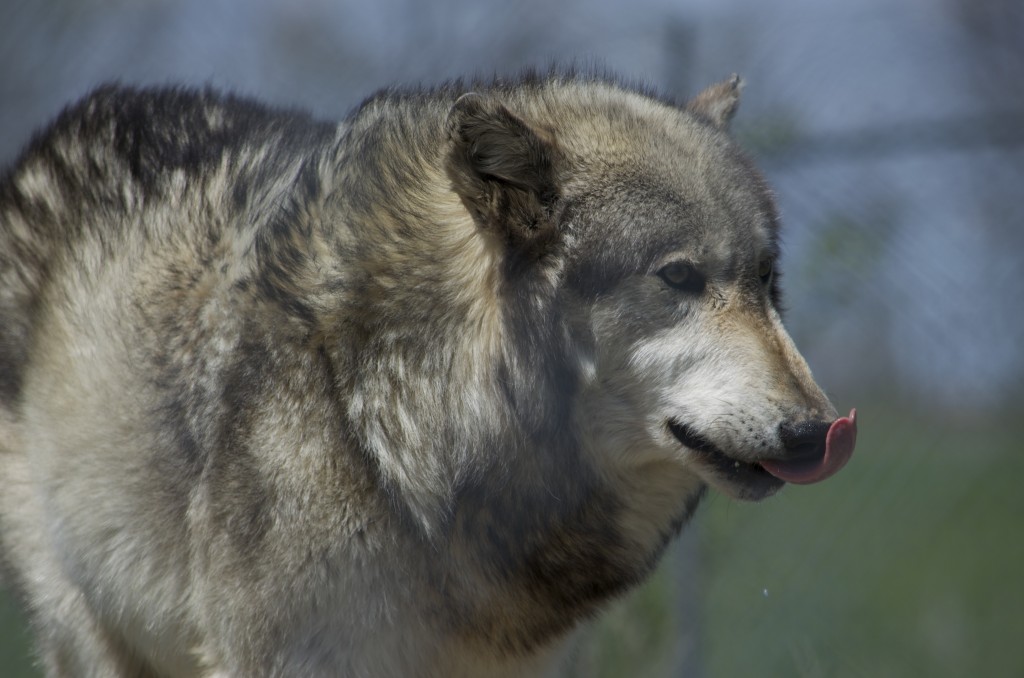
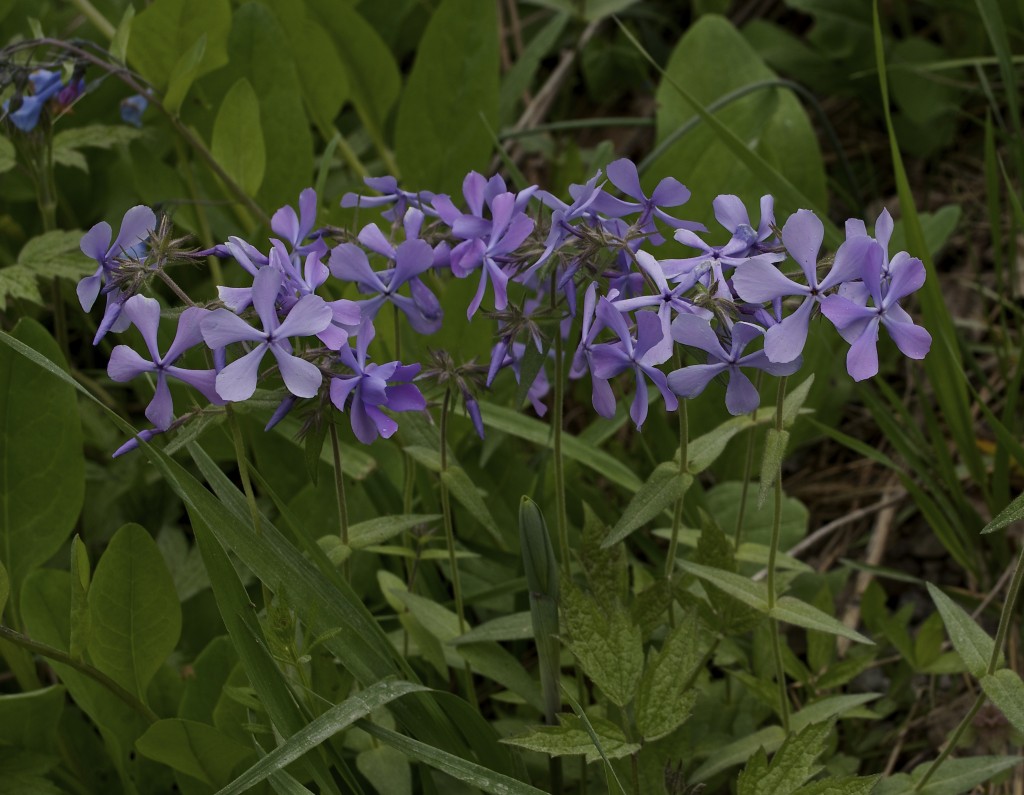
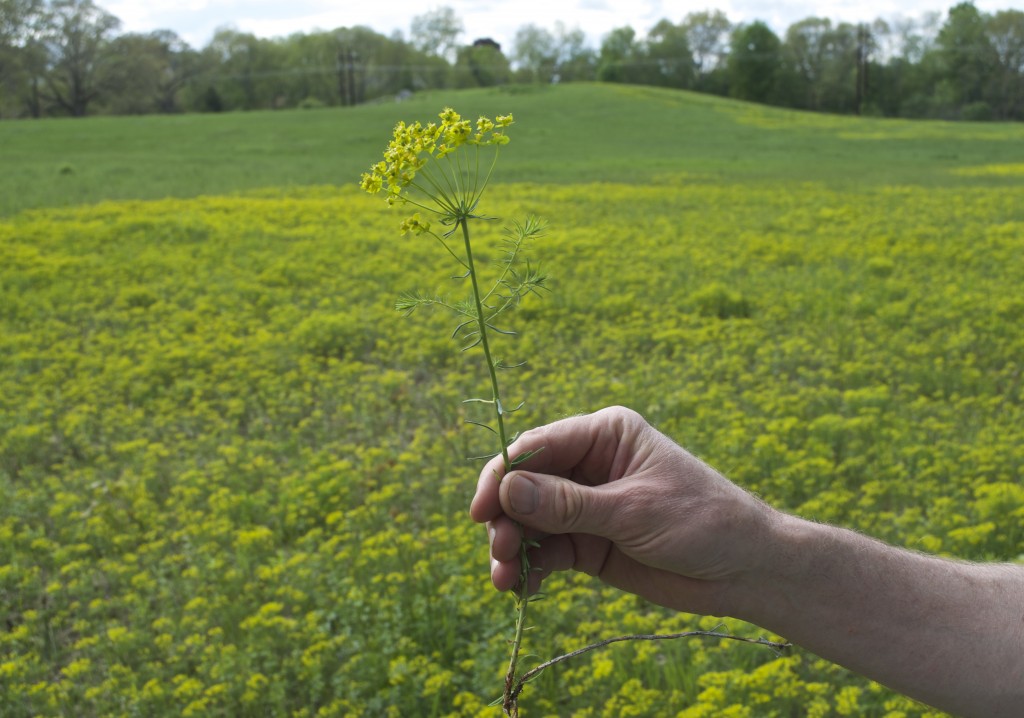
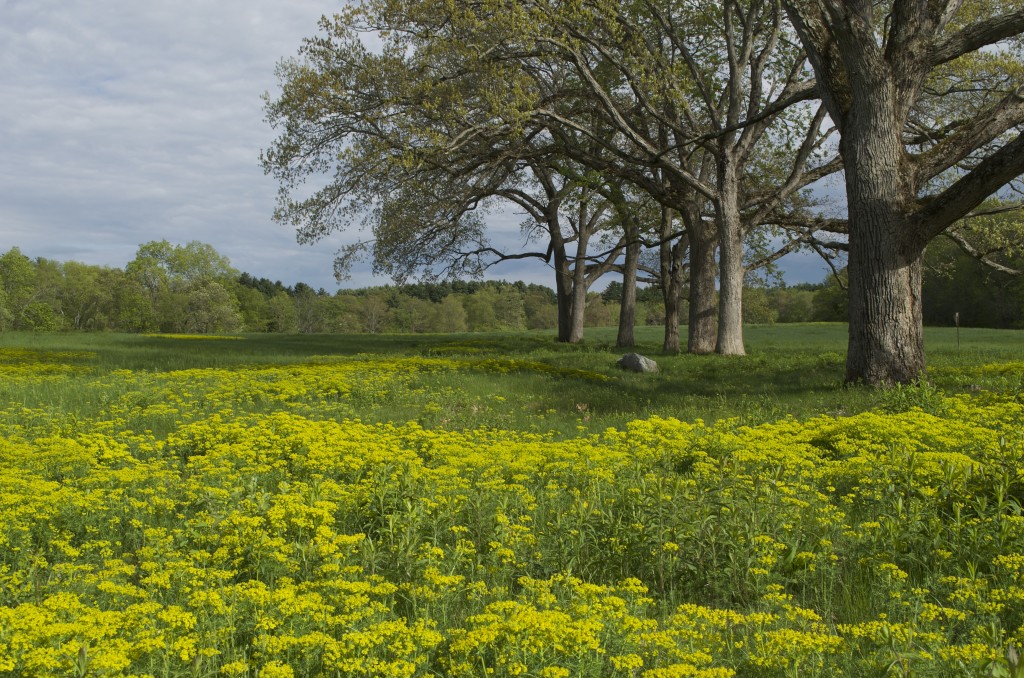
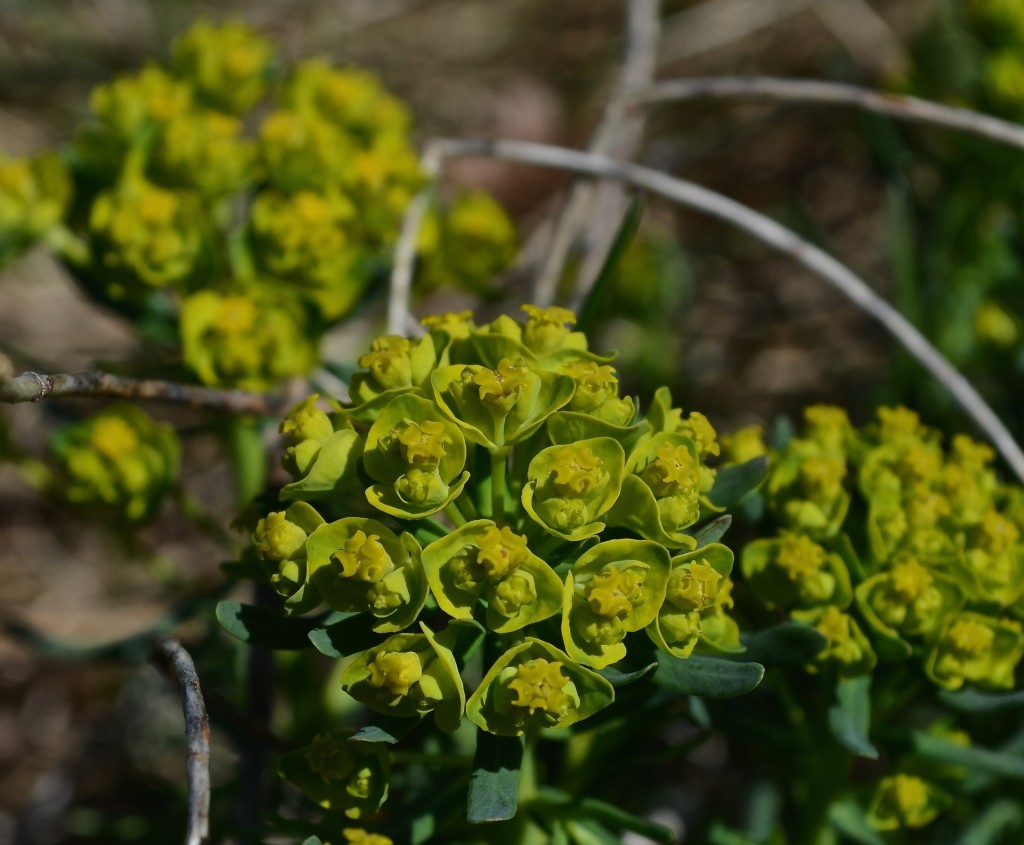 A hardy groundcover — tolerates poor soil, dry conditions, deer, rabbits, pollution… Has a milky, poisonous sap that repels herbivores. Forms a dense fluffy blanket about a foot tall. Tiny flowers that start lime-green and yellow, and age to red. Has narrow-leaved foliage reminiscent of cypress trees, hence the name cypress spurge. (The common name “spurge” comes from the Middle English/Old French word “epurge”, meaning “to purge”, because these plants were used as purgatives. (Poinsettias are spurges!) Native to Europe, introduced to North America in the 1860s as an ornamental, and is now a harmful invasive that has really colonized Charles River Peninsula.
A hardy groundcover — tolerates poor soil, dry conditions, deer, rabbits, pollution… Has a milky, poisonous sap that repels herbivores. Forms a dense fluffy blanket about a foot tall. Tiny flowers that start lime-green and yellow, and age to red. Has narrow-leaved foliage reminiscent of cypress trees, hence the name cypress spurge. (The common name “spurge” comes from the Middle English/Old French word “epurge”, meaning “to purge”, because these plants were used as purgatives. (Poinsettias are spurges!) Native to Europe, introduced to North America in the 1860s as an ornamental, and is now a harmful invasive that has really colonized Charles River Peninsula.